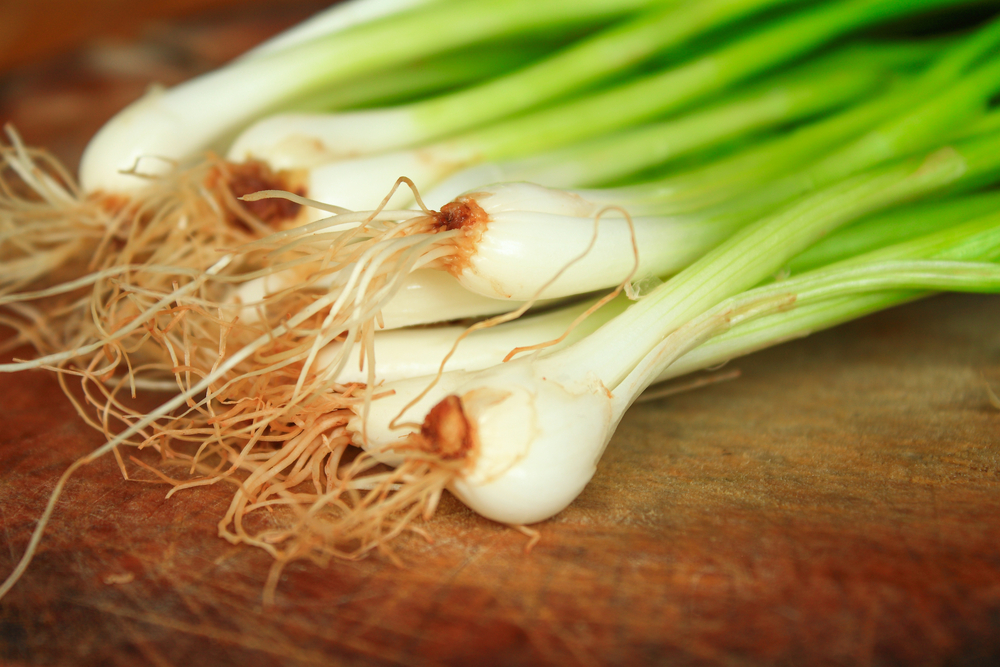Sowing Scallions
Like their bulb-forming cousins, scallions prefer a sunny, open site and fertile, well-drained soil. For best results, grow them in soil that’s been improved with regular additions of well-rotted organic matter such as compost. Check out our guide to composting at home.
These tall, thin plants don’t take up much space, so they’re ideal for containers. Or be opportunistic and grow them between rows of slower-growing vegetables such as parsnips until they need the extra space. Another option is to grow them with carrots, which may help to reduce problems with carrot rust flies.
Start sowing under cover from late winter, then continue outside from spring. Sow short rows every three to four weeks to give a steady supply of oniony stems. Your last sowings, made at the very end of summer using a winter hardy variety, will be ready to harvest early next season. Learn more about vegetables to plant in the late summer.
Sow seeds directly where they are to grow or into containers of potting soil to transplant later on.
Direct Sowing Scallions
Direct sow seeds into finely-raked soil. Mark out a drill about half an inch (1cm) deep. Use a string line if you prefer neat, straight rows. Additional rows should be spaced about 4in (10cm) apart. If it’s hot and dry, water along the rows before sowing. This creates a cooler environment around the seeds, helping them to germinate.
Sow the seeds thinly along the rows, then pinch the drill closed to cover the seeds. Alternatively, backfill the rows with potting soil. This is useful if your soil isn’t as fine and crumbly as you’d like at sowing time, and also helps rows to stand out clearly from the surrounding soil for the purposes of weeding. Once you’re done, label the rows and water thoroughly.
Sowing Scallions in Plug Trays
Sowing into containers helps to make the best use of your available space because you can start seedlings off while a growing crop still occupies the ground. By starting plants off under the protection of a greenhouse, tunnel, or cold frame, you’ll be able to start sowing up to six weeks sooner at the beginning of the growing season.
The easiest method is to use plug trays. Fill your plug trays with a general-purpose potting mix, then firm the mix down into the modules with your fingertips. Sow a pinch of four to eight seeds per module, then cover them with a larger potting mix. Water and keep the potting soil moist as the seedlings appear and grow.
Transplant the clusters of seedlings as soon as they have filled their modules, and you can see roots at the drainage holes. Carefully ease the plugs from the tray, then plant them into prepared soil so each cluster is 2-4in (5-10cm) apart within the row, with rows spaced at least 4in (10cm) apart. Water the young plants to settle the soil around the root ball.











